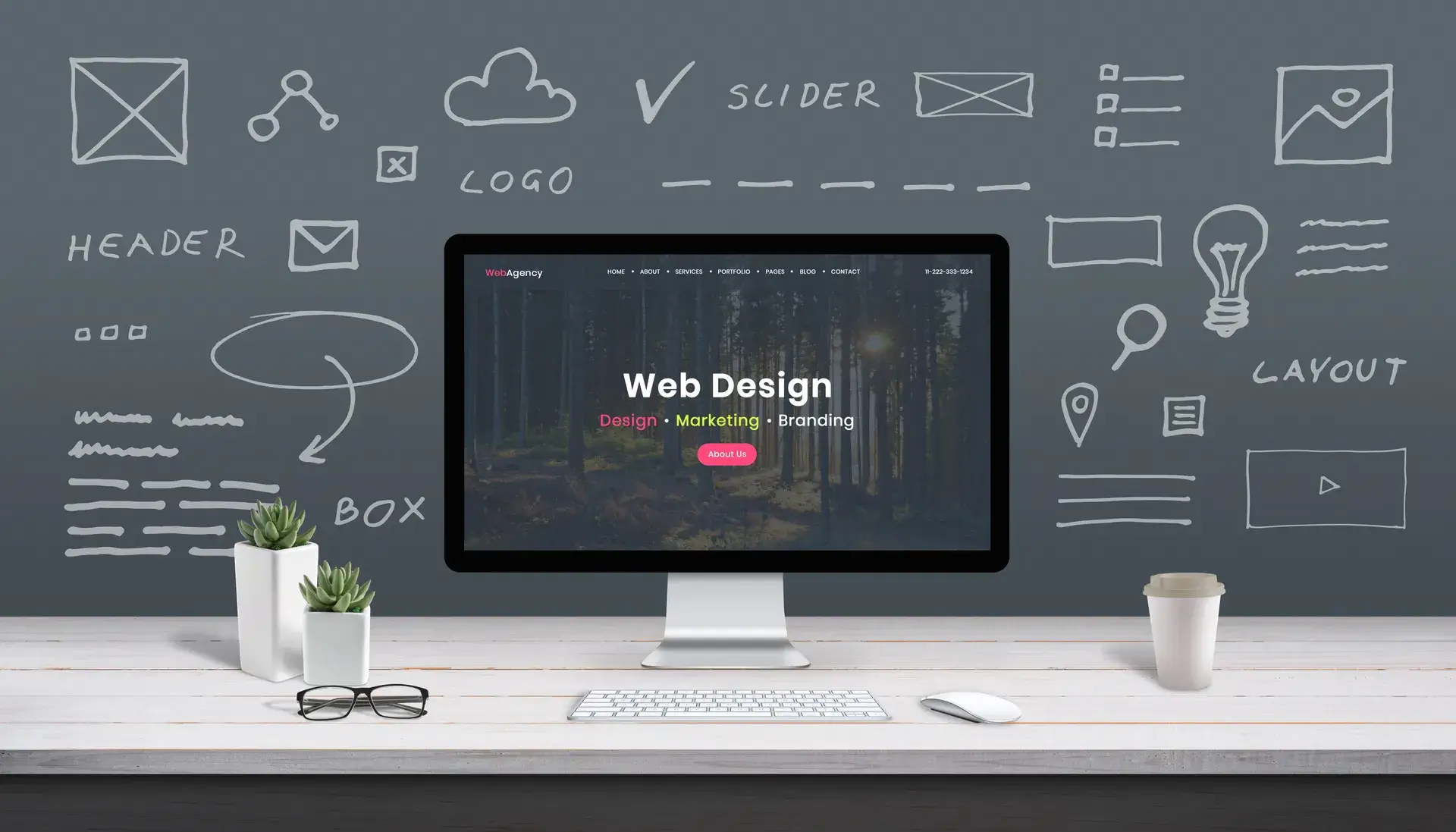User experience (UX) is vital in ensuring that websites and applications are not only functional but also enjoyable for users. In Cape Town, businesses are increasingly recognizing the importance of effective UX design in attracting and retaining customers. This article explores UX best practices tailored specifically for the Cape Town market, offering insights into creating exceptional user experiences that drive engagement and satisfaction.
Why UX Design Matters
In today’s digital landscape, a website's success largely hinges on the user experience it provides. A well-designed interface enhances visitor satisfaction, leading to longer visits and higher engagement rates. Here are key reasons why investing in UX design is critical:
- Improved User Retention: Users are more likely to return to a site that is easy to navigate and visually appealing.
- Increased Conversions: Effective UX design helps guide users towards completing desired actions, whether it’s making a purchase or signing up for a newsletter.
- Better Brand Perception: A well-designed experience fosters positive feelings about your brand, encouraging loyalty.
1. Understand Your Users
The foundation of effective UX design is a deep understanding of your target audience. Conduct user research to gather insights on:
- User demographics
- Behavior and preferences
- Common pain points and challenges
2. Prioritize Usability
Usability is a key component of UX. Ensure that:
- Navigation is intuitive and logical.
- Information is easy to find and understand.
- Interactive elements are clearly identifiable.
3. Responsive Design
With the growing use of mobile devices, ensuring that your site is responsive is essential. Implement a mobile-first approach that considers:
- Fast loading times on all devices
- Consistent design elements across different screen sizes
- Touch-friendly features for mobile users
4. Focus on Visual Hierarchy
Utilize visual hierarchy to guide users through your website. This includes:
- Using contrasting colors to highlight calls to action
- Implementing spacing and padding to create a clean layout
- Employing font sizes and weights to create a clear information structure
5. Gather Feedback and Iterate
After launch, continue to gather user feedback to identify areas for improvement. Utilize tools like:
- A/B testing to compare different design elements
- Usability testing to observe users interacting with your site
- Surveys to gain direct insights from users
Conclusion
Incorporating these UX best practices can significantly enhance user satisfaction and business outcomes for companies in Cape Town. By understanding your users, prioritizing usability, focusing on responsive design, applying visual hierarchy, and iterating based on feedback, you'll create exceptional user experiences that stand out in a competitive market. At Prebo Digital, we're committed to helping businesses improve their UX design. Contact us today to learn how we can enhance your digital presence!














